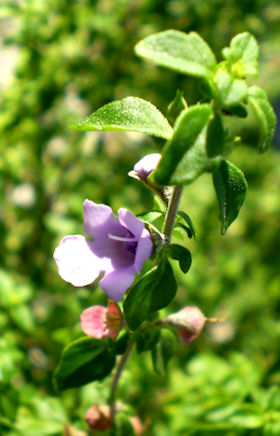
Antiseptic from nature
Emu Bush (E.alternifolia) also known as Native Honeysuckle Parts of this plant have been used as a traditional medicine. A small quantity was used in a preparation for treating colds and inflammation of the throat, an infusion of the leaves as a soporific, and other parts combined as a topical treatment. Leaf extracts have shown substantial antifungal…









